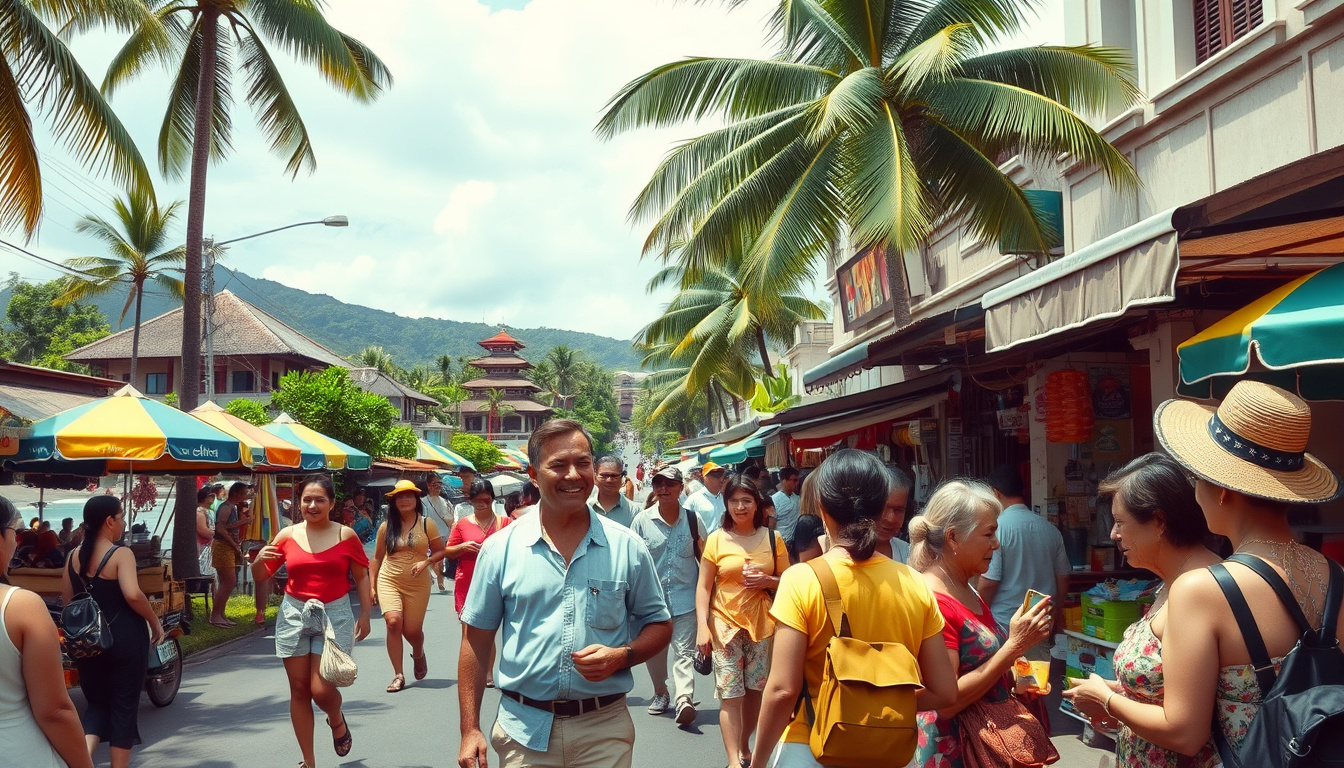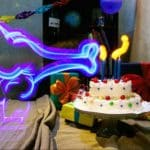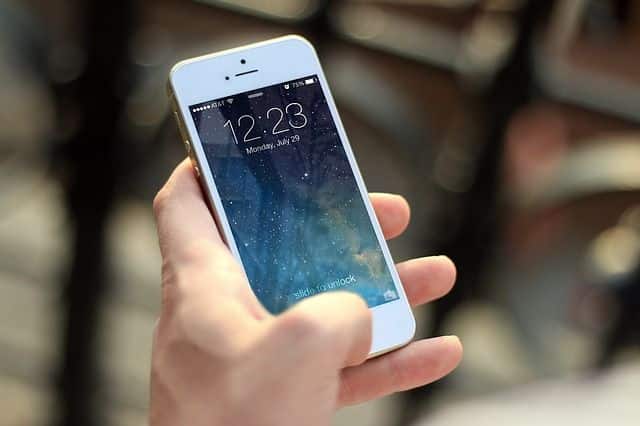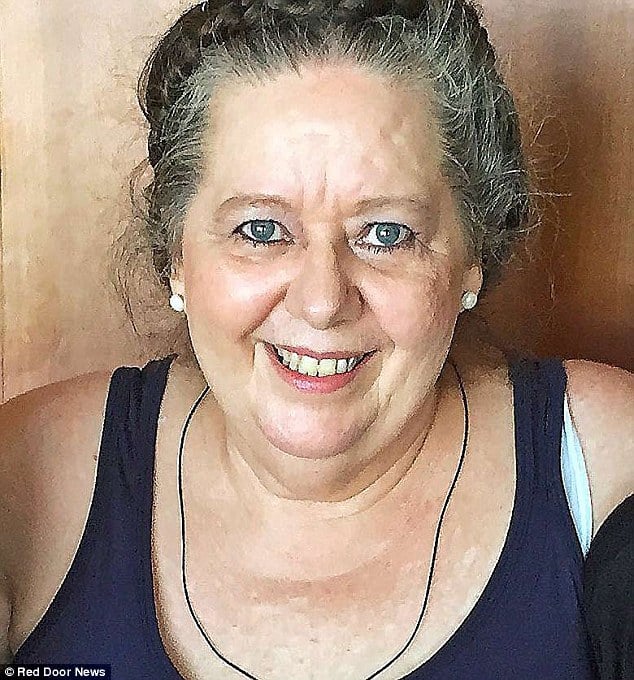Hundreds of children slid nervously back and forth on their white chairs. Those who could not find a place sat on the ground.
Each of the boys and girls wore baby blue T-shirts bearing the slogan, “Science Film Festival Indonesia” they waited for the lights to be turned off and the films to start.
The newly opened Science Film Festival, now in its sixth edition, focuses on explaining science and technology to youngsters aged 9 to 14 in an entertaining way. The festival aims to reach out to young audiences while raising awareness of contemporary scientific, technological and environmental issues.
The film festival runs until Nov. 26 in 21 cities across the country.
This year’s festival takes “Light” as its theme, in line with the UN’s International Year of Light. The festival invites its audience to discover the different roles that light plays in the world; its application in our lives and what light means for the world’s future.
Currently, people use light to discover solutions to the world’s most pressing problems. From 3-D printing to energy solutions, light is a key driver of development around the world.
“With this event, we want to expand the knowledge of all of you about the importance of light,” said Dr. Heinrich Blömeke, director of the Goethe-Institut Indonesia, to the children in attendance during the festival’s opening day on Friday.
Georg Witschel, the German Ambassador to Indonesia, explained that in these films, information and entertainment collaborated with one another to explain science to children. “Our future is based in science. The ability to implement it is in your young heads,” he said.
Education and Culture Minister Anies Baswedan, who opened the festival, hoped that the films would inspire the children. “When the learning medium is fun, it can inspire children,” he said.
When the festival was officially opened, the children stretched their necks to catch the best view of the screen.
The light was turned out and soon, the first film, The Show with the Mouse: Glass Engraving, was screened.
The film, directed by Katja Engelhardt, starts out from a point of general curiosity: how does the Cologne Cathedral come into a block of glass? The film’s narrator, Johannes, is impressed with small works of arts made out of glass that people can buy as souvenirs.
From this point of curiosity, Johannes comes up with an idea of setting the mouse in such block of glass. For this reason, he visits Mr. Gluck, who works for a glass-engraving company.
The Science Film Festival was organized as a part of German Fest, a festival celebrating the friendship between Germany and Indonesia.
One of the movies was produced in Indonesia. The movie, I got it! — Plastic Waste in Oceans, shows the extent of the damage caused by plastic pollution in the ocean.
The festival’s coordinator, Elizabeth Soegiharto, said clips of the movie I got it! could be downloaded by teachers on its website, sciencefilmfestival.org/Indonesia, and used in school.
The 10-minute movie, directed by Siluh Putu Gayatri, follows a boy named Dodok, who experiences first-hand the kind of destruction that plastic pollution can bring about.
“That was fun,” burst out a small girl in the audience after watching the movie. But with a serious face, she then said: “I will never throw plastic in the ocean again”.
Source :The Jakarta Post
BREAKING NEWS | HEADLINE NEWS | NEWS | DAILY NEWS | WEEKLY NEWS
WORLD NEWS | INDONESIA NEWS | BALI NEWS

















Add a comment